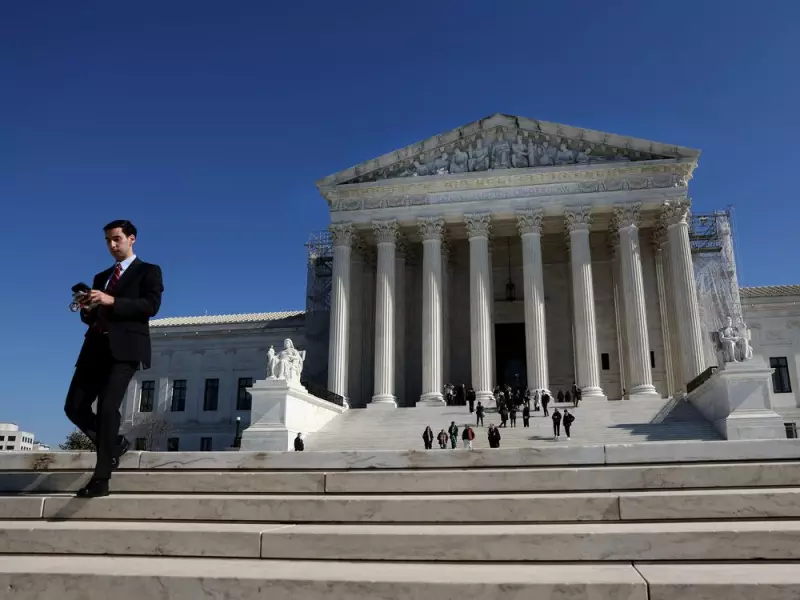
The highest court in the United States is now weighing one of the most consequential trade questions of the modern era: Did former President Donald Trump exceed his constitutional authority when he imposed sweeping tariffs under the guise of national security?
A Constitutional Showdown Over Trade Powers
The legal battle centers on Section 232 of the Trade Expansion Act of 1962, which allows presidents to impose tariffs for national security reasons. Trump's administration wielded this power to slap 25% tariffs on steel and 10% on aluminum imports from multiple countries, including Canada, arguing that weakened domestic metal production threatened America's defense industrial base.
Critics call this a blatant abuse of power. "This was never about national security—it was about economic protectionism disguised as defense concerns," argues one trade attorney involved in the challenge. The plaintiffs contend that using national security as a pretext for ordinary trade protection violates both the Constitution and international trade agreements.
Why This Case Matters Beyond Trump
The Supreme Court's decision could have far-reaching implications that extend well beyond the Trump administration. Legal experts warn that if the Court upholds Trump's interpretation of Section 232, future presidents would have virtually unlimited power to impose tariffs on any imported goods by simply invoking "national security."
"This isn't just about steel and aluminum tariffs," explains a constitutional law professor. "It's about whether one person—the president—can single-handedly reshape global trade relationships without meaningful congressional oversight or judicial review."
The Canadian Connection
For Canada, the stakes are particularly high. As America's closest trading partner and largest export market for steel, the tariffs created significant economic disruption and diplomatic tension. The challenge argues that applying these measures to close allies like Canada undermines the legitimate national security purpose of the law.
The case arrives at the Supreme Court amid ongoing debates about presidential authority and the balance of power between the executive and legislative branches. With billions in trade hanging in the balance and fundamental questions about constitutional separation of powers at stake, the Court's decision could redefine trade policy for generations to come.





